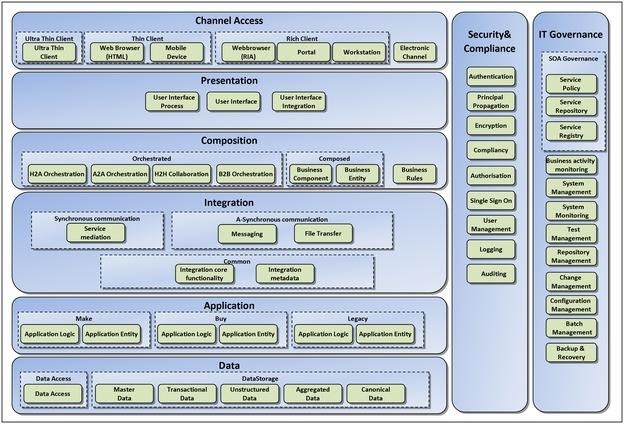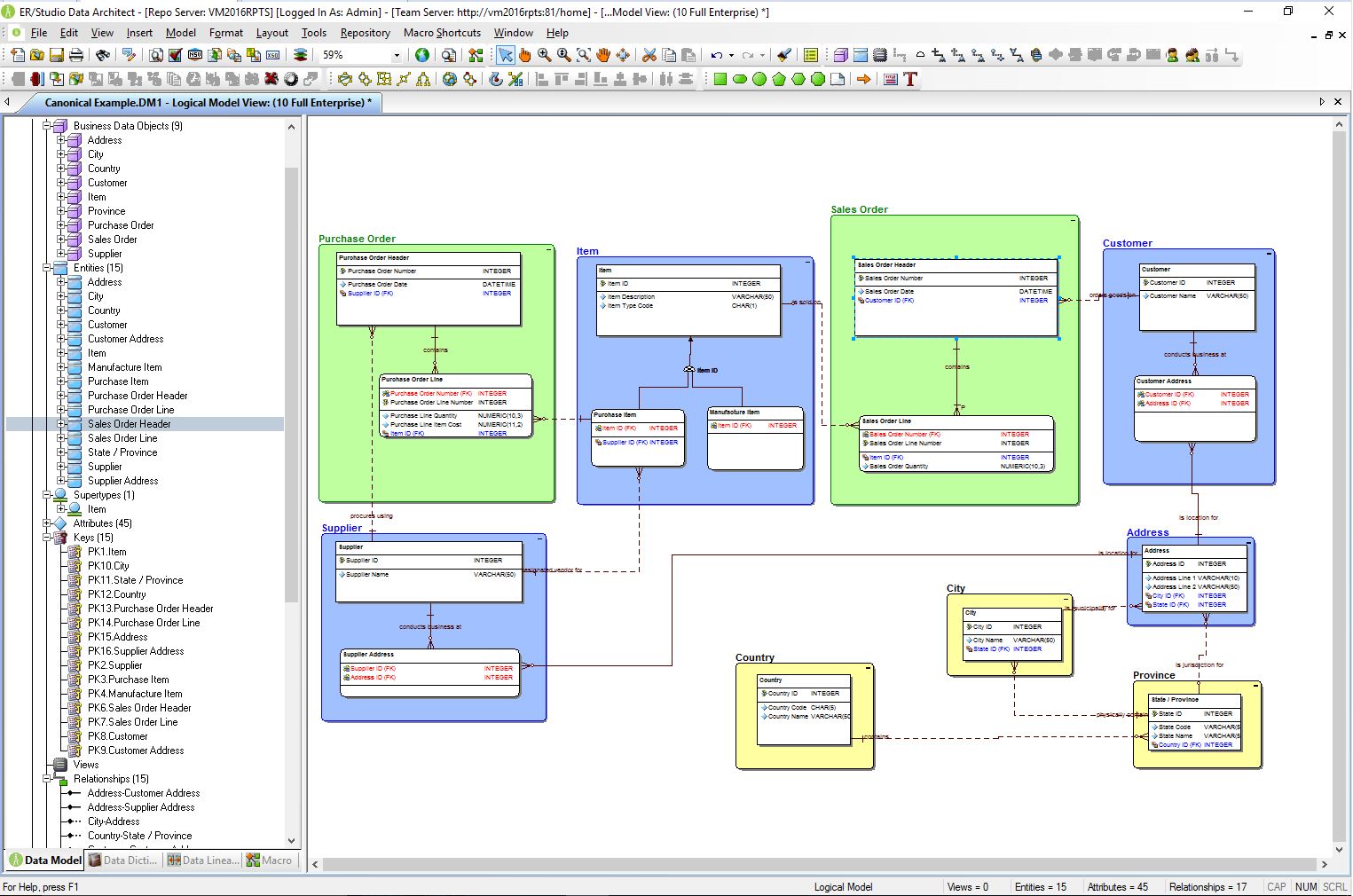


Support and service for tools - In large organizations, users - architects and modelling teams - expect the tools to be offered as ‘managed’ service.This is because EA tools, like many technology platforms, are designed to be complex, and require resources to manage and sustain. Visio, combined with office suite of applications continue to be the primary choice for the majority of Architecture modeling and communication requirements. A majority of large organizations don’t depend on single tools, but rather leverage a “best of the breed” approach for specific BIDAT, functional and domain requirements. My discussion with peers from across industries indicates that even in 2017 the landscape for EA tools continues to be fragmented. The tools populated with the right data and models can help with scenario planning, impact assessment, what-if analysis, etc. Supporting Transformations - Modeling tools, when used appropriately, can enable a large transformation program that requires a review of several platforms, processes and touchpoints.Visual representation of ideas - The tools make it easy to manage and modify the visual representation of systems, capabilities and processes, and their interlinkages.Many in the marketplace do a good job of supporting key modeling requirements including: The tools are evolving to address the requirements for architecting on cloud platforms and enabling digital transformations.

I periodically take calls from EA tool vendors, and continue to observe and learn about their emerging capabilities. We review alternatives, only to realize that switching to yet another ‘swiss army knife’ in the marketplace won’t drastically transform the practice of EA. The discussions on ‘ideal EA tool’ are occasionally revived when there are changes in leadership and a refocus of domains. There are two globally supported tools for EA and business process modeling that coexist with several other tools used for niche technical and functional requirements. My interest in EA tools continued when I took on the responsibility for EA processes at a multinational manufacturing organization.


 0 kommentar(er)
0 kommentar(er)
